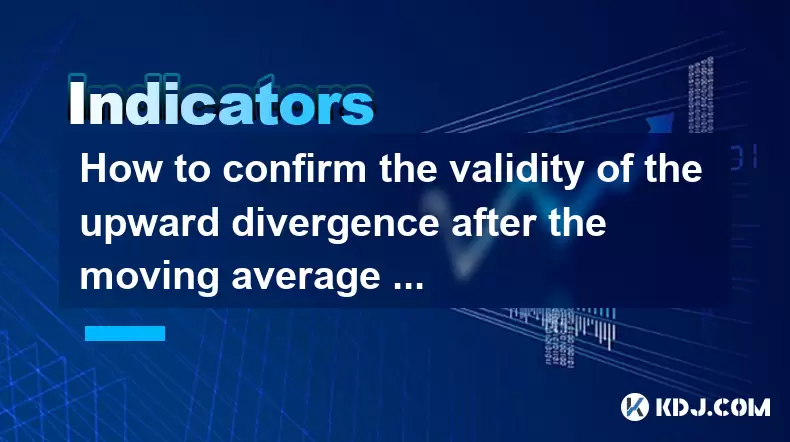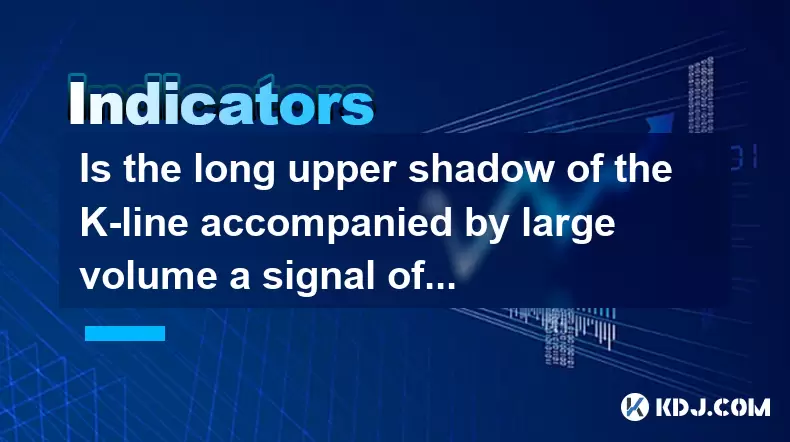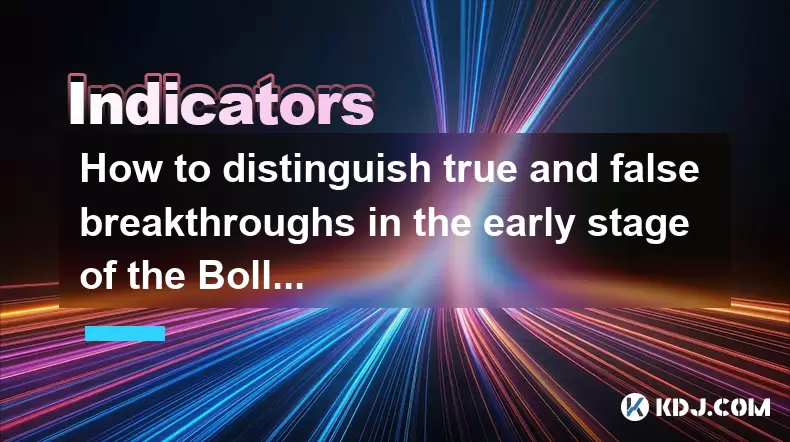-
 Bitcoin
Bitcoin $106,754.6083
1.33% -
 Ethereum
Ethereum $2,625.8249
3.80% -
 Tether USDt
Tether USDt $1.0001
-0.03% -
 XRP
XRP $2.1891
1.67% -
 BNB
BNB $654.5220
0.66% -
 Solana
Solana $156.9428
7.28% -
 USDC
USDC $0.9998
0.00% -
 Dogecoin
Dogecoin $0.1780
1.14% -
 TRON
TRON $0.2706
-0.16% -
 Cardano
Cardano $0.6470
2.77% -
 Hyperliquid
Hyperliquid $44.6467
10.24% -
 Sui
Sui $3.1128
3.86% -
 Bitcoin Cash
Bitcoin Cash $455.7646
3.00% -
 Chainlink
Chainlink $13.6858
4.08% -
 UNUS SED LEO
UNUS SED LEO $9.2682
0.21% -
 Avalanche
Avalanche $19.7433
3.79% -
 Stellar
Stellar $0.2616
1.64% -
 Toncoin
Toncoin $3.0222
2.19% -
 Shiba Inu
Shiba Inu $0.0...01220
1.49% -
 Hedera
Hedera $0.1580
2.75% -
 Litecoin
Litecoin $87.4964
2.29% -
 Polkadot
Polkadot $3.8958
3.05% -
 Ethena USDe
Ethena USDe $1.0000
-0.04% -
 Monero
Monero $317.2263
0.26% -
 Bitget Token
Bitget Token $4.5985
1.68% -
 Dai
Dai $0.9999
0.00% -
 Pepe
Pepe $0.0...01140
2.44% -
 Uniswap
Uniswap $7.6065
5.29% -
 Pi
Pi $0.6042
-2.00% -
 Aave
Aave $289.6343
6.02%
Is the divergence between the ASI indicator and the K-line trend credible?
The ASI indicator helps identify potential price reversals by comparing swing highs and lows, often used with K-line patterns to spot divergence and shifting momentum.
Jun 21, 2025 at 12:14 am

Understanding the ASI Indicator and Its Role in Technical Analysis
The Accumulation Swing Index (ASI) is a technical indicator developed by Welles Wilder, who is also known for creating the RSI and ATR indicators. The primary function of the ASI is to highlight potential price reversals by analyzing swing highs and lows. Unlike many other oscillators, the ASI does not operate within a fixed range but instead forms patterns that can be interpreted visually on a chart.
Traders often use the ASI to confirm trends or detect early signs of trend exhaustion. When used in conjunction with K-line (candlestick) patterns, it can provide additional insights into market sentiment. However, the reliability of this divergence remains a subject of debate among traders.
Important:
The ASI is best applied when combined with price action analysis and should not be used in isolation.What Is Divergence Between ASI and K-Line Trends?
Divergence occurs when the direction of an indicator contradicts the movement of price. In the context of the ASI and K-line trend, divergence is said to exist when:
- The K-line shows a new high or low.
- The ASI fails to confirm that move, either by forming a lower high or higher low.
This discrepancy may suggest weakening momentum and could signal an impending reversal. For example, if the price reaches a new high but the ASI makes a lower high, this could indicate that buying pressure is waning.
- K-line rising → ASI falling: Bearish divergence.
- K-line falling → ASI rising: Bullish divergence.
It’s crucial to wait for confirmation before acting on such signals, as false divergences are common in volatile markets like cryptocurrency.
How to Identify ASI-K-Line Divergence: Step-by-Step Guide
Identifying divergence between the ASI and K-line involves several precise steps:
- Plot both the ASI and K-line chart on the same timeframe. Ensure they are aligned visually.
- Look for significant price swings on the K-line chart—these are usually peaks and troughs.
- Compare these swings with corresponding movements in the ASI line. Mark each peak and trough on both charts.
- Determine if there's a mismatch between price and ASI. If the price makes a new high but the ASI doesn’t, note it as bearish divergence.
- Use trendlines to connect ASI peaks/troughs just as you would with price action to visualize divergence more clearly.
It’s important to remember that divergence doesn't guarantee a reversal—it only suggests a possible shift in momentum. Always combine this analysis with volume data or support/resistance levels for better accuracy.
Common Pitfalls When Interpreting ASI-K-Line Divergence
Many traders misinterpret divergence due to several common errors:
- Ignoring the broader trend: Divergence in a strong trending market may not result in a reversal but rather a continuation after a brief pullback.
- Focusing on minor swings: Not all swings are equal. Only major pivot points should be considered valid for divergence analysis.
- Using incorrect timeframes: Short-term divergence on a 5-minute chart might not carry the same weight as divergence observed on a daily chart.
- Misaligning the ASI with candlesticks: Ensure the ASI is plotted correctly and synchronized with the K-line chart.
Avoid making trading decisions solely based on unconfirmed divergence. Use it as part of a broader analytical framework that includes risk management and entry/exit strategies.
Real Market Examples: Does ASI-K-Line Divergence Work in Crypto?
In cryptocurrency markets, where volatility is high and trends can reverse quickly, the ASI-K-line divergence has shown mixed results. Here are two real-world scenarios:
- BTC/USDT Weekly Chart – July 2023: Bitcoin formed a series of higher highs, but the ASI showed lower highs. This was followed by a sharp correction, confirming the validity of the bearish divergence.
- ETH/USDT Daily Chart – November 2023: Ethereum made a new high while the ASI failed to break its previous peak. Shortly afterward, ETH entered a consolidation phase, indicating a loss of bullish momentum.
However, there have been instances where divergence did not lead to meaningful price action, reinforcing the need for caution and additional confirmation tools.
Frequently Asked Questions (FAQ)
Q1: Can I rely solely on ASI-K-Line divergence for trading decisions?
No, the ASI-K-Line divergence should not be used alone. It works best when combined with other technical tools such as moving averages, volume indicators, or Fibonacci retracements to increase reliability.
Q2: How long does it take for a divergence signal to materialize into a price reversal?
There is no fixed timeline. Some reversals occur within hours, while others may take days. Patience and confirmation through candlestick closes or breakout patterns are essential.
Q3: Are certain cryptocurrencies more responsive to ASI-K-Line divergence than others?
Highly liquid and less erratic pairs like BTC/USDT or ETH/USDT tend to produce clearer divergence signals compared to altcoins with irregular price behavior.
Q4: What settings should I use for the ASI indicator on my charting platform?
Most platforms default to Welles Wilder’s original parameters. Stick to the standard settings unless you're backtesting alternative configurations. Changing the period or smoothing factor without proper testing may distort the signal.
Disclaimer:info@kdj.com
The information provided is not trading advice. kdj.com does not assume any responsibility for any investments made based on the information provided in this article. Cryptocurrencies are highly volatile and it is highly recommended that you invest with caution after thorough research!
If you believe that the content used on this website infringes your copyright, please contact us immediately (info@kdj.com) and we will delete it promptly.
- Staked Ether, Corporate Crypto, and Finance Adoption: A New York Minute
- 2025-06-21 02:45:13
- Pendle, DeFi, and the SEC: A New York Minute on Crypto's Crossroads
- 2025-06-21 02:25:13
- Reddit, Worldcoin, and Iris Scanning: A New Era of User Verification?
- 2025-06-21 02:45:13
- Investor Funds, Bitcoin, and Buying Tricks: Navigating the Crypto Landscape
- 2025-06-21 02:50:12
- TikTok, Trump, and a $300 Million Crypto Bribe? What's the Deal?
- 2025-06-21 03:10:57
- Pi Network's Open Mainnet: Hype or Hope for a Decentralized Future?
- 2025-06-21 03:25:12
Related knowledge

Does the sudden contraction of ATR indicate the end of the trend?
Jun 20,2025 at 11:14pm
Understanding ATR and Its Role in Technical AnalysisThe Average True Range (ATR) is a technical indicator used to measure market volatility. Developed by J. Welles Wilder, ATR calculates the average range of price movement over a specified period, typically 14 periods. It does not indicate direction—only volatility. Traders use ATR to gauge how much an ...

Is the trend continuation when the Williams indicator is oversold but there is no rebound?
Jun 20,2025 at 11:42pm
Understanding the Williams %R IndicatorThe Williams %R indicator, also known as the Williams Percent Range, is a momentum oscillator used in technical analysis to identify overbought and oversold levels in price movements. It typically ranges from 0 to -100, where values above -20 are considered overbought and values below -80 are considered oversold. T...

Is the golden cross of the ROC indicator below the zero axis effective?
Jun 20,2025 at 09:42pm
Understanding the ROC Indicator and Its Role in Cryptocurrency TradingThe Rate of Change (ROC) indicator is a momentum oscillator widely used by traders to assess the speed at which cryptocurrency prices are changing. It measures the percentage difference between the current price and the price from a certain number of periods ago. The ROC helps identif...

How to confirm the validity of the upward divergence after the moving average sticks together?
Jun 21,2025 at 01:36am
Understanding the Basics of Moving Averages and DivergenceIn technical analysis, moving averages are crucial tools used to smooth out price data over a specified time period. When multiple moving averages converge or 'stick together,' it often indicates a consolidation phase in the market. This phenomenon can be a precursor to significant price movement...

Is the long upper shadow of the K-line accompanied by large volume a signal of peaking?
Jun 21,2025 at 12:28am
Understanding the Long Upper Shadow K-LineThe long upper shadow of a K-line is a common candlestick pattern that often appears during price action analysis. It consists of a small real body with a long upper wick, indicating that the price rose significantly during the period but was ultimately rejected and closed lower than its high. This pattern can s...

How to distinguish true and false breakthroughs in the early stage of the Bollinger Band opening?
Jun 20,2025 at 10:35pm
Understanding the Bollinger Band StructureBollinger Bands consist of three lines: a simple moving average (SMA) in the middle, and two outer bands that are standard deviations away from the SMA. These bands expand and contract based on market volatility. When the bands begin to widen, it often signals an increase in price volatility, which traders inter...

Does the sudden contraction of ATR indicate the end of the trend?
Jun 20,2025 at 11:14pm
Understanding ATR and Its Role in Technical AnalysisThe Average True Range (ATR) is a technical indicator used to measure market volatility. Developed by J. Welles Wilder, ATR calculates the average range of price movement over a specified period, typically 14 periods. It does not indicate direction—only volatility. Traders use ATR to gauge how much an ...

Is the trend continuation when the Williams indicator is oversold but there is no rebound?
Jun 20,2025 at 11:42pm
Understanding the Williams %R IndicatorThe Williams %R indicator, also known as the Williams Percent Range, is a momentum oscillator used in technical analysis to identify overbought and oversold levels in price movements. It typically ranges from 0 to -100, where values above -20 are considered overbought and values below -80 are considered oversold. T...

Is the golden cross of the ROC indicator below the zero axis effective?
Jun 20,2025 at 09:42pm
Understanding the ROC Indicator and Its Role in Cryptocurrency TradingThe Rate of Change (ROC) indicator is a momentum oscillator widely used by traders to assess the speed at which cryptocurrency prices are changing. It measures the percentage difference between the current price and the price from a certain number of periods ago. The ROC helps identif...

How to confirm the validity of the upward divergence after the moving average sticks together?
Jun 21,2025 at 01:36am
Understanding the Basics of Moving Averages and DivergenceIn technical analysis, moving averages are crucial tools used to smooth out price data over a specified time period. When multiple moving averages converge or 'stick together,' it often indicates a consolidation phase in the market. This phenomenon can be a precursor to significant price movement...

Is the long upper shadow of the K-line accompanied by large volume a signal of peaking?
Jun 21,2025 at 12:28am
Understanding the Long Upper Shadow K-LineThe long upper shadow of a K-line is a common candlestick pattern that often appears during price action analysis. It consists of a small real body with a long upper wick, indicating that the price rose significantly during the period but was ultimately rejected and closed lower than its high. This pattern can s...

How to distinguish true and false breakthroughs in the early stage of the Bollinger Band opening?
Jun 20,2025 at 10:35pm
Understanding the Bollinger Band StructureBollinger Bands consist of three lines: a simple moving average (SMA) in the middle, and two outer bands that are standard deviations away from the SMA. These bands expand and contract based on market volatility. When the bands begin to widen, it often signals an increase in price volatility, which traders inter...
See all articles

























































































